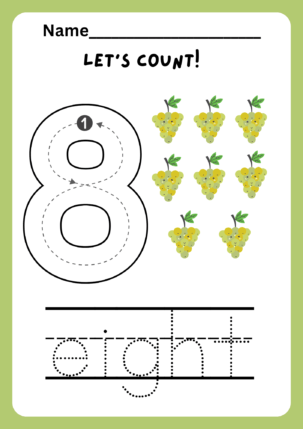Understanding “A and An”: A Guide for Kindergarteners
Learning to use “a” and “an” correctly is an important step in mastering English. These small words, called articles, help us talk about things more clearly. Let’s explore what “a” and “an” are, when to use them, and why they are helpful.
What Are “A” and “An”?
“A” and “an” are articles we use before nouns. Nouns are words that name people, places, things, or ideas. Articles help us specify which noun we are talking about, making our sentences clearer and easier to understand.
When to Use “A”
We use “a” before words that start with a consonant sound. Consonant sounds are made by blocking the airflow in some way with our mouth, tongue, or teeth. Here are some examples:
- a cat
- a dog
- a house
- a car
When to Use “An”
We use “an” before words that start with a vowel sound. Vowel sounds are made with an open mouth and no blockage. The vowels in English are a, e, i, o, and u. Here are some examples:
- an apple
- an elephant
- an igloo
- an umbrella
Why Are “A” and “An” Important?
Using “a” and “an” correctly helps us speak and write more clearly. It also helps others understand us better. Here are some benefits of learning to use “a” and “an”:
- Clarity: Sentences are easier to understand.
- Fluency: Speech flows more smoothly.
- Confidence: Correct usage builds confidence in speaking and writing.
Fun Practice
Here are a few sentences to practice. Fill in the blanks with “a” or “an”:
- I saw ___ elephant at the zoo.
- She has ___ new book.
- Can you bring me ___ orange?
- He found ___ starfish on the beach.
By practicing with worksheets and reading books, kindergarteners can quickly learn when to use “a” and “an.” These small but mighty words make a big difference in how we communicate every day. Keep practicing, and soon you’ll be an expert at using “a” and “an”!

















Reviews
There are no reviews yet.